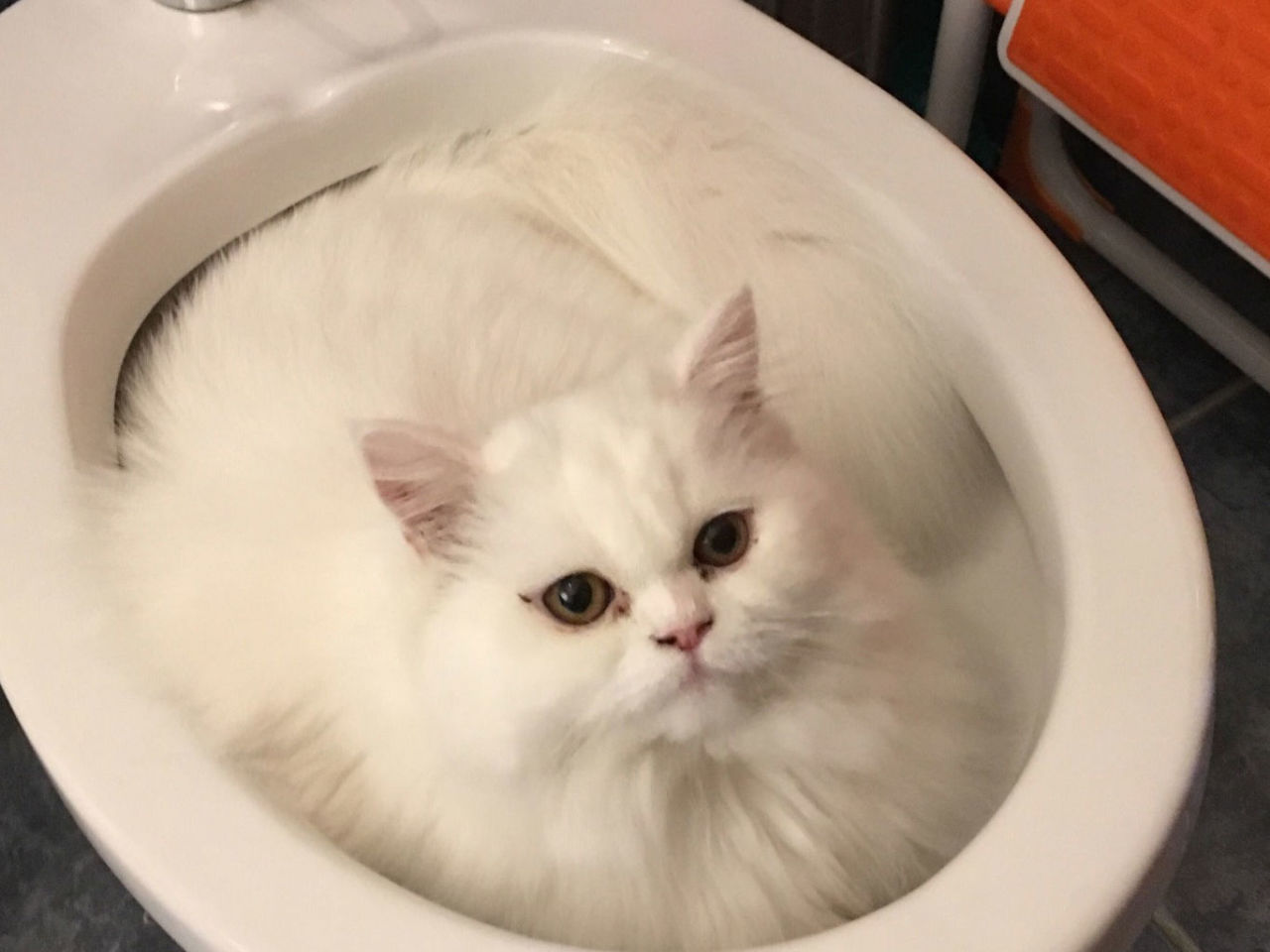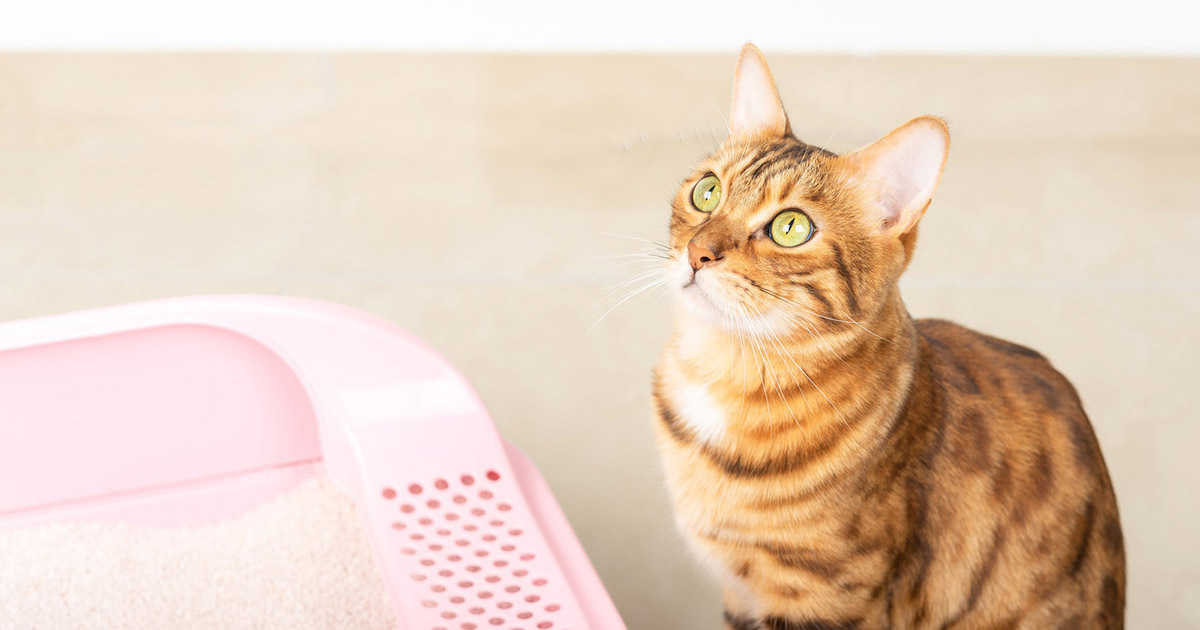The content which follows relating to How to Dispose of Cat Poop and Litter Without Plastic Bags is particularly intriguing. Check it out yourself and figure out what you think of it.

Intro
As pet cat owners, it's essential to bear in mind how we throw away our feline buddies' waste. While it may appear practical to flush feline poop down the toilet, this technique can have harmful effects for both the environment and human wellness.
Ecological Impact
Flushing feline poop presents hazardous microorganisms and bloodsuckers right into the supply of water, posturing a significant risk to aquatic environments. These contaminants can negatively affect aquatic life and concession water high quality.
Wellness Risks
In addition to environmental problems, purging cat waste can likewise pose health and wellness dangers to people. Feline feces may consist of Toxoplasma gondii, a parasite that can cause toxoplasmosis-- a potentially severe health problem, especially for expectant ladies and individuals with weakened immune systems.
Alternatives to Flushing
Thankfully, there are safer and a lot more accountable methods to take care of feline poop. Take into consideration the complying with choices:
1. Scoop and Dispose in Trash
The most common method of disposing of pet cat poop is to scoop it right into an eco-friendly bag and throw it in the trash. Be sure to utilize a dedicated clutter scoop and throw away the waste quickly.
2. Usage Biodegradable Litter
Go with biodegradable feline litter made from products such as corn or wheat. These clutters are eco-friendly and can be securely dealt with in the garbage.
3. Hide in the Yard
If you have a backyard, consider hiding feline waste in a designated area far from veggie gardens and water sources. Make certain to dig deep adequate to avoid contamination of groundwater.
4. Install a Pet Waste Disposal System
Invest in a family pet garbage disposal system specifically designed for feline waste. These systems make use of enzymes to break down the waste, decreasing smell and environmental impact.
Conclusion
Responsible animal ownership expands past supplying food and shelter-- it likewise involves correct waste administration. By refraining from purging cat poop down the commode and selecting alternate disposal methods, we can lessen our ecological footprint and shield human health and wellness.
Why Can’t I Flush Cat Poop?
It Spreads a Parasite
Cats are frequently infected with a parasite called toxoplasma gondii. The parasite causes an infection called toxoplasmosis. It is usually harmless to cats. The parasite only uses cat poop as a host for its eggs. Otherwise, the cat’s immune system usually keeps the infection at low enough levels to maintain its own health. But it does not stop the develop of eggs. These eggs are tiny and surprisingly tough. They may survive for a year before they begin to grow. But that’s the problem.
Our wastewater system is not designed to deal with toxoplasmosis eggs. Instead, most eggs will flush from your toilet into sewers and wastewater management plants. After the sewage is treated for many other harmful things in it, it is typically released into local rivers, lakes, or oceans. Here, the toxoplasmosis eggs can find new hosts, including starfish, crabs, otters, and many other wildlife. For many, this is a significant risk to their health. Toxoplasmosis can also end up infecting water sources that are important for agriculture, which means our deer, pigs, and sheep can get infected too.
Is There Risk to Humans?
There can be a risk to human life from flushing cat poop down the toilet. If you do so, the parasites from your cat’s poop can end up in shellfish, game animals, or livestock. If this meat is then served raw or undercooked, the people who eat it can get sick.
In fact, according to the CDC, 40 million people in the United States are infected with toxoplasma gondii. They get it from exposure to infected seafood, or from some kind of cat poop contamination, like drinking from a stream that is contaminated or touching anything that has come into contact with cat poop. That includes just cleaning a cat litter box.
Most people who get infected with these parasites will not develop any symptoms. However, for pregnant women or for those with compromised immune systems, the parasite can cause severe health problems.
How to Handle Cat Poop
The best way to handle cat poop is actually to clean the box more often. The eggs that the parasite sheds will not become active until one to five days after the cat poops. That means that if you clean daily, you’re much less likely to come into direct contact with infectious eggs.
That said, always dispose of cat poop in the garbage and not down the toilet. Wash your hands before and after you clean the litter box, and bring the bag of poop right outside to your garbage bins.
https://trenchlesssolutionsusa.com/why-cant-i-flush-cat-poop/

I have been very occupied with Don’t flush cat feces down the toilet and I really hope you appreciated the blog post. Sharing is good. One never knows, you may very well be doing someone a favor. We thank you for reading our article about Don’t flush cat feces down the toilet.
Click Here